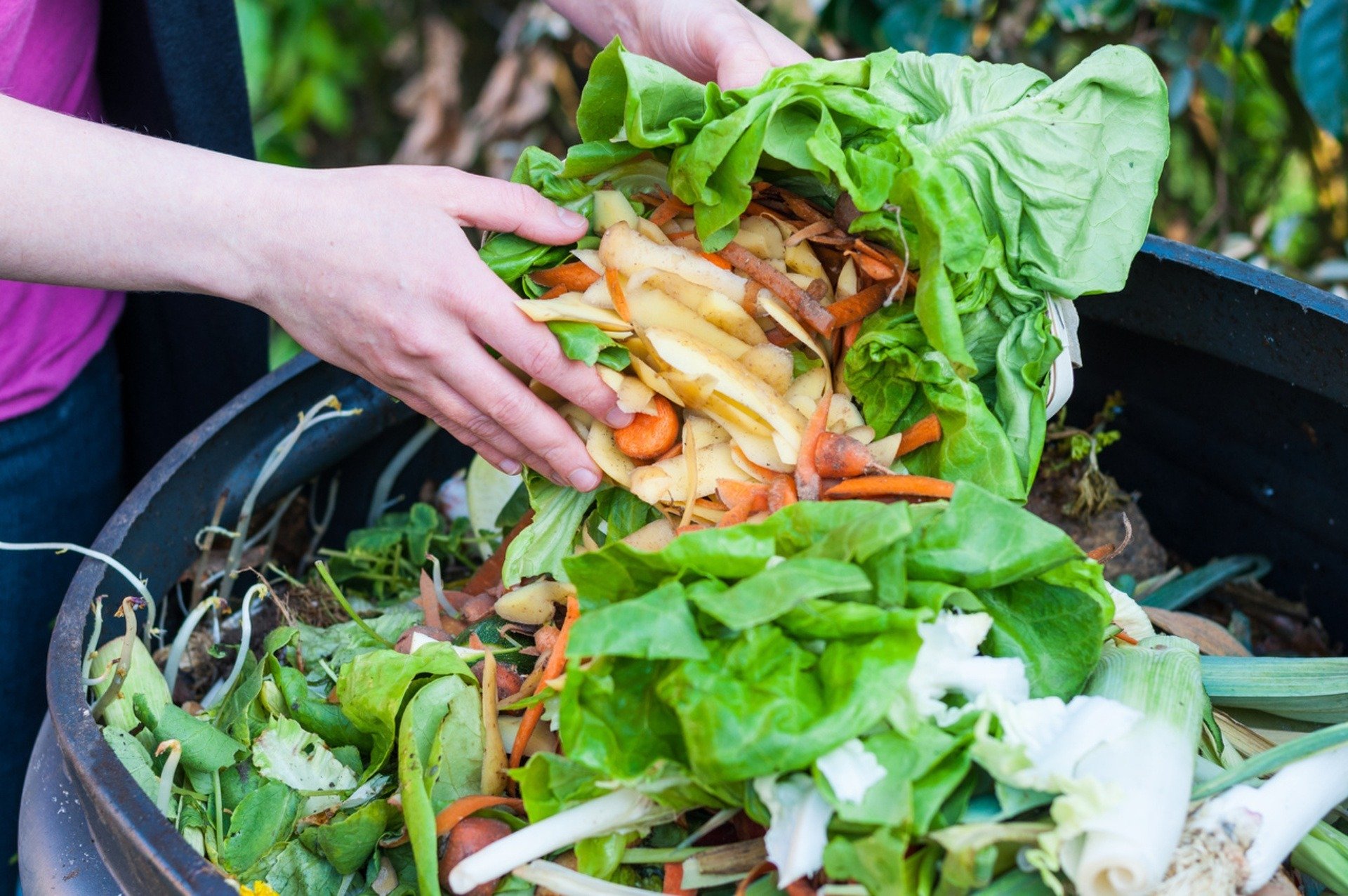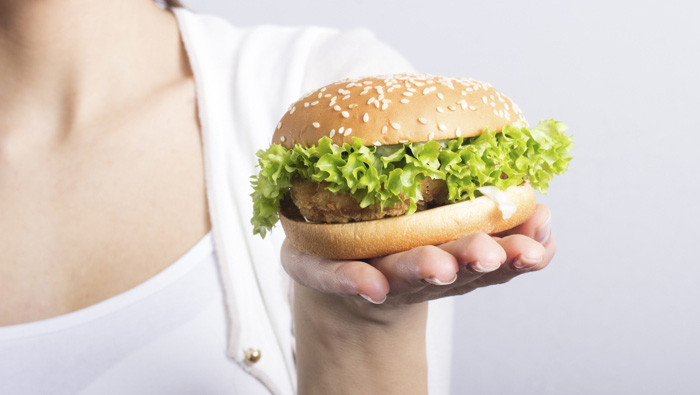
How does EPA regulate pesticides in food?ĮPA evaluates every new pesticide and every new use for safety before registration. Learn more about PDP and access the data. It is important to note for some of the more recent actions, EPA expects declines will show up in future PDP data. From 1998 to 2008, tomatoes with detectable organophosphate pesticide residues fell from 37% to 9%, due to EPA canceling most organophosphates. The stricter standards of FQPA and major improvements in science and data, and an increase in the use of safer, less toxic pesticides, has led to an overall trend of reduced risk from pesticides.įor example, from 1995 to 2013, children’s exposure to carbamates (a group of insecticides that affect the nervous system) fell by 70% – EPA canceled or restricted many carbamates during this time. We have seen, through USDA’s Pesticide Data Program (PDP) data, an overall decrease in the amount of pesticide residues in food, especially since the passing of FQPA in 1996.

Very small amounts of pesticides that may remain in or on fruits, vegetables, grains, and other foods decrease considerably as crops are harvested, transported, exposed to light, washed, prepared and cooked. It is important to note though, that just because a pesticide residue is detected on a fruit or vegetable, that does not mean it is unsafe. EPA works continually to review and improve safety standards that apply to pesticide residues on food. Under FQPA, EPA evaluates new and existing pesticides to ensure that they can be used with a reasonable certainty of no harm to infants and children as well as adults. Is food grown using pesticides safe to eat?ĮPA is confident that the fruits and vegetables our children are eating are safer than ever.

EPA’s continuous reevaluation of registered pesticides, combined with strict FQPA standards, major improvements in science, and an increase in the use of safer, less toxic pesticides, has led to an overall trend of reduced risk from pesticides. The science and our understanding of chemical risk evolves and EPA continues to reevaluate each pesticide’s safety every 15 years.

FQPA requires an explicit determination that a pesticide’s use on food is safe for children and includes an additional safety factor, tenfold unless data show a different factor to be protective, to account for uncertainty in data relative to children.

Under the Food Quality Protection Act (FQPA), EPA must ensure that all pesticides used on food in the United States meet FQPA's stringent safety standard. Pesticides are widely used in producing food to control pests such as insects, rodents, weeds, bacteria, mold and fungus.


 0 kommentar(er)
0 kommentar(er)
